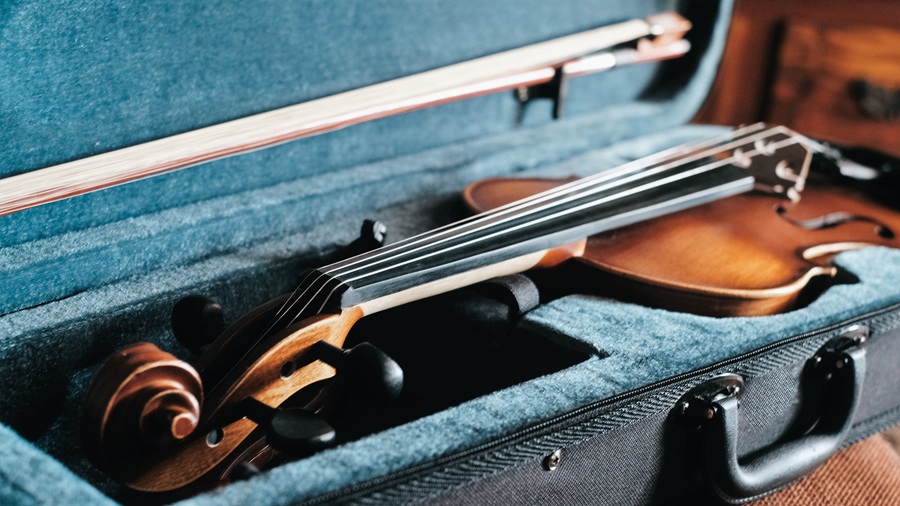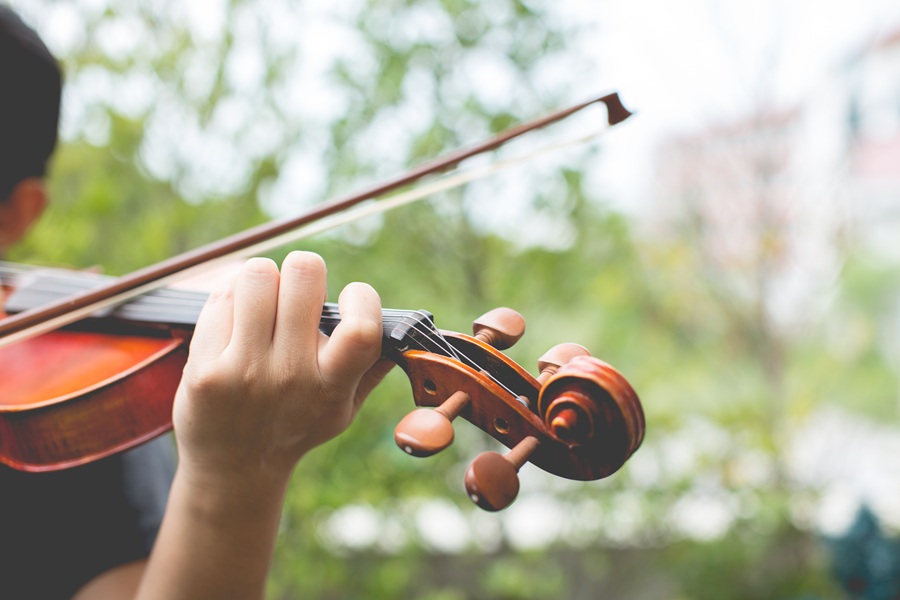Smart violin case choices for London creators
A well chosen violin case protects tone, time and budget
STEP INTO ANY rehearsal space after a winter thaw and you will hear it. Players quietly check seams, pegs, and plates because wood moves with the weather. In a city that runs from lake effect snow to humid summers, your case is not an accessory, it is risk management.
For working musicians and side-hustling teachers in The Forest City, a case also has to fit real life. It needs to protect on the walk to venues, store easily in rideshares, and travel well for weekend gigs in Toronto. Buyer guides at Great Violin Cases explain the tradeoffs clearly, and they help you compare price, weight, and protection without guesswork.
Why case construction matters in a four-season city
London’s climate asks a lot of glue joints and varnish. A good case slows down temperature swings and buffers humidity, which reduces the risk of cracks and open seams. Foam density, shell stiffness, and seal quality do most of the work here. Look for cases that publish foam type, seal design, and shell material, not just buzzwords.
Shell materials usually fall into three buckets. Molded ABS is affordable and tough, fiberglass adds stiffness and impact resistance with a bit more weight, and carbon fiber offers high stiffness with low weight. If you carry a violin on buses or downtown walks, lighter carbon shells can reduce fatigue while keeping protection high.

Humidity control you can actually maintain
Setups sound better when instruments live around stable humidity, often about 40 to 60 percent. Cases that include a readable hygrometer, a decent seal, and room for a small humidifier make that easier. In winter, use a simple two-point routine. Check the hygrometer before you leave the house, then check again when you pack up after rehearsal. Refill the humidifier if the reading has dropped. This takes less than a minute and saves you from chasing buzzes that are really dry tops.
Placement of accessories matters. Keep humidifiers away from bare wood surfaces, use supplied sleeves when available, and avoid over-wetting. Relative humidity, not temperature alone, drives most movement in wood. A short overview of relative humidity explains why wood takes on or releases moisture as the air changes, which is the core reason these small steps pay off.
Fit, suspension, and what “impact protection” really means
A snug interior is more than a tidy look. Properly shaped pads keep the neck, shoulders, and endpin from moving during a drop. Look for suspension systems that lift the violin slightly so shock does not transfer directly to the bridge or endpin. Some makers also isolate the scroll so it cannot pivot into the case wall.
If you try cases in person, check three moves. First, gently rock the case to feel for play around the lower bout. Second, press lightly on the bridge area of the closed lid to verify there is clearance, not pressure. Third, pick up the case by one handle point only, then by the backpack straps. If the balance feels off or the straps pinch, keep looking. Daily comfort prevents shortcuts that put instruments at risk.

Weight, carry options, and how they affect your work day
Most urban players carry more than a violin. Think laptop, scores, and a stand for coaching or teaching. That is why the choice between a 5-pound and a 7-pound case shows up at the end of a long day, not the start. Backpack straps, a comfortable side handle, and a subway-friendly profile reduce strain. Fiberglass cases are often fine for car-first players. If you walk to venues or take transit, a lighter shell with supportive straps makes a noticeable difference.
Hardware quality is part of ergonomics. Latches should close with a firm click, zippers should track cleanly, and D-rings for straps should be anchored to reinforced points. Check for spare hardware availability, since a broken ring on show day can sideline your plan. This is where specialist retailers shine, because they stock replacement parts and can advise on brand quirks that do not show up on spec sheets.
Storage, security, and the business side of music
A case is also a small office. Think about how you store bows, rosin, mutes, and a basic tool kit. Removable accessory pouches keep small items from rattling into contact points. Bow spinners should be smooth, and the lid should close without contacting the frogs.
For local travel and regional gigs, consider how you will secure the case in a car. Seat belts can slip, so look for cases with flat sides that sit well on the floor, or add a simple cargo strap in the trunk. If you insure your instrument, document the case model, serial if present, and condition with photos. This simplifies claims and speeds up replacement. Many working players also keep a short maintenance log inside the case pocket, which is useful for luthiers and for your own scheduling.

When to upgrade and what to do with the old case
Cases age. Seals flatten, foam softens, straps fray. If the lid no longer closes evenly or the interior has compressed enough that the violin shifts, it is time to upgrade. Plan this like any other business expense. Decide if lighter weight will let you accept more downtown lessons, or if better weather sealing will reduce emergency shop visits after cold snaps.
Your old case can still serve as a safe storage shell for a backup instrument or as a loaner for a student, provided the fit is still stable. If it is beyond use, remove metal parts for recycling where possible and dispose of the shell responsibly. Before you move on, record your preferred features and measurements. Resources from specialist shops like Great Violin Cases organize those details, which makes the next purchase faster and more confident.
Final Thoughts
A well chosen case protects tone, time, and budget. In a city with real winters and busy side gigs, that adds up to fewer repairs and more reliable work days. Treat the case like any other tool of the trade. Pick materials and features that match how you move, maintain basic humidity, and check wear points once a season. The result is simple, steadier playing and fewer surprises.

